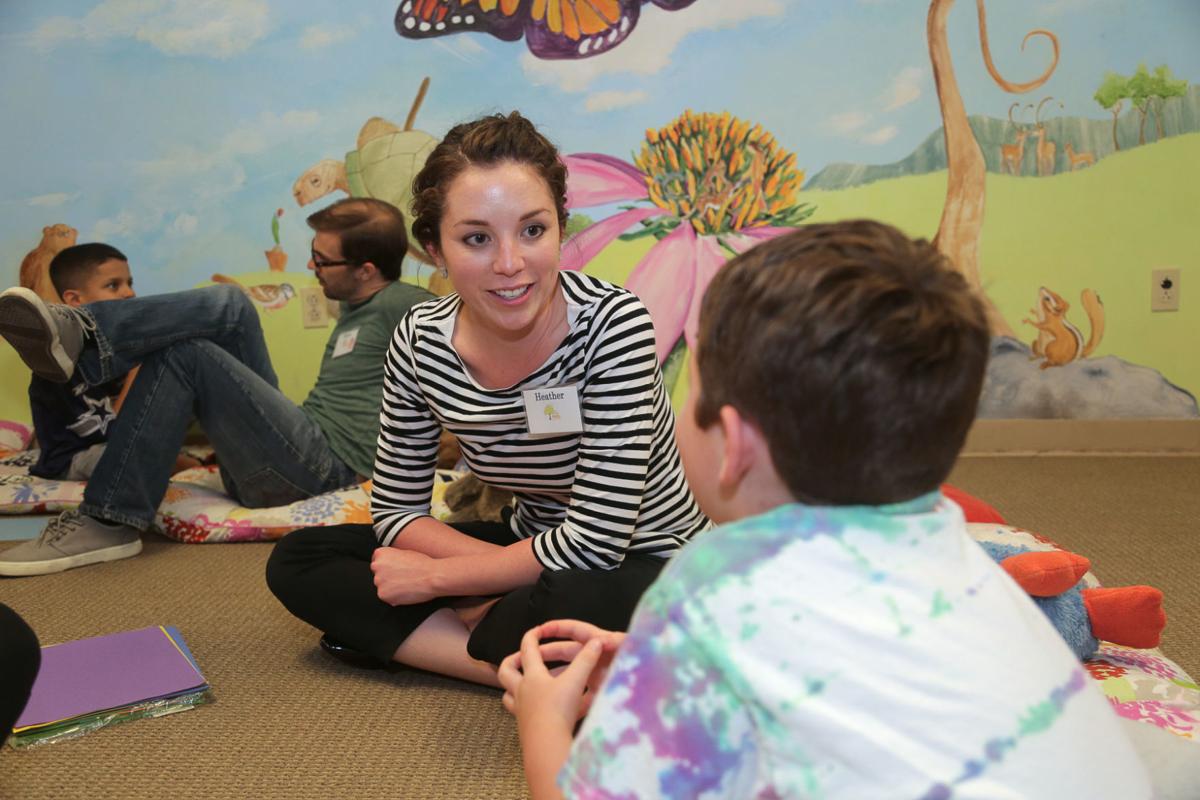The following column is the opinion and analysis of the writer.
“Yes, Virginia, there is a Santa Claus” is the most reprinted editorial in history. But holidays are especially tough times for many, and especially for children whose loved one has died or been diagnosed with a life-threatening illness. At Tu Nidito Children and Family Services, A unique Tucson program, Santa Claus lives for them year round.
The lifelong impacts of childhood grief are well documented, but Tu Nidito is one of the extremely few resources that heal hearts and reestablish hope. Can you think of a place where a 5-year-old in a group of peers can ask, “What’s the difference between heaven and hell?” Or, “What will happen to me if something happens to my mom?” Or, “Where do dead people go?”
Often friends shy away. Some families do not mention illness or death, classmates tease and adults struggle in their efforts to raise grieving kids when they too are grieving.
Through an array of programs, Tu Nidito helps children, teens, young adults and families find comfort, hope and support. Its structure, both physical and emotional, contains the ingredients for a recipe to heal.
A week ago, a group of a dozen parents and caregivers supported one another’s grief over everything from the death a spouse or child, to suicidal kids, to meddling in-laws.
Their children, meanwhile, were in their own peer groups exploring a “talking circle question,” followed by a hands-on activity, both of which change each time the groups meet and facilitate emotional expression while teaching coping skills. Another key ingredient is the time playing with friends, since play and socialization with other grieving children is such an important part of the healing process.
Families come for anywhere from a few months to 10 years or more. Their most common refrain is: “thank God — it’s the only place where we can talk like this and everybody ‘gets it.’”
The setting itself is a homelike atmosphere (it is, in fact, a house) with comfortable rooms, adorned with murals that reflect the developmental stages of each group (ages 4-7, 8-12, teens and adults). There are pillows to sit on, stuffed animals, games, art supplies, and a “volcano room” featuring padded walls and punching bags. In the “imagination room,” carefully selected items are not only fun to play with, but help the kids process their grief; firetrucks and ambulances, doctors’ gowns, a hospital bed, puppets, and dress-up clothes. Outside there are playhouses, slides, a basketball court , and all kinds of balls, hula-hoops, even tricycles. Play with peers is a key ingredient of healing.
A core of trained volunteers facilitate the groups. They come from all walks of life — high school and college students, young professionals and retirees. It takes only one or two sessions for all to realize we are far more alike than different, which, as it turns out is one of the unintended consequences for participants as well.
Its fundamental principle is to be a whole community in which grief is a household word instead of a hidden thing, a place where everyone understands that grief, in its purest form, is simply an expression of love for the one who died.





